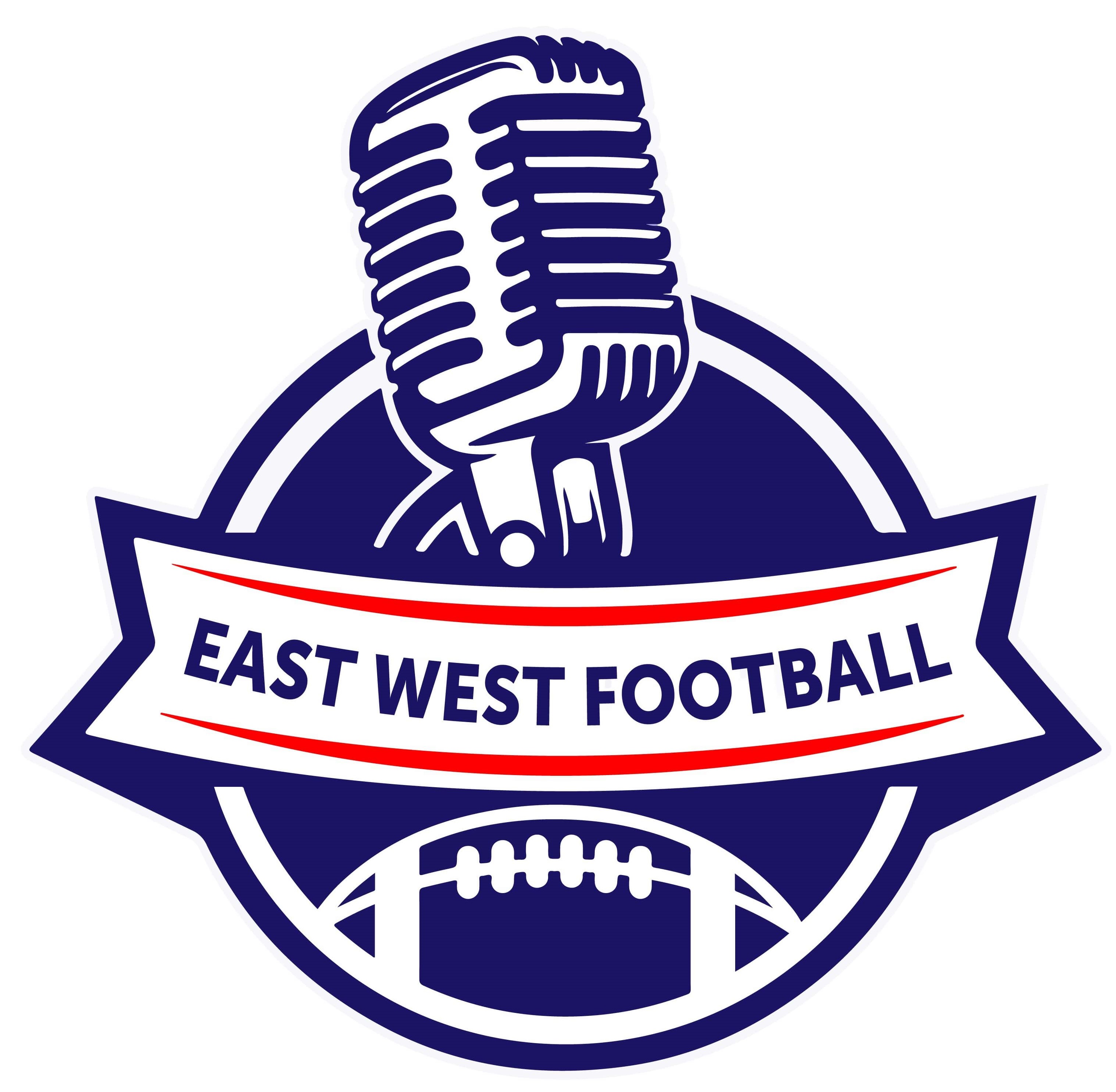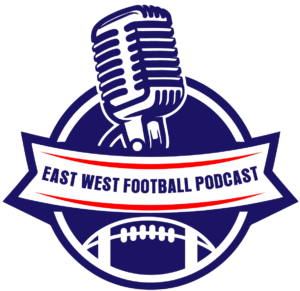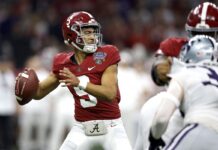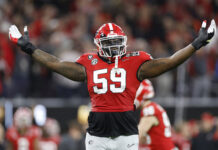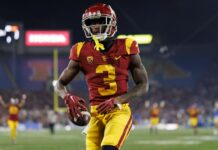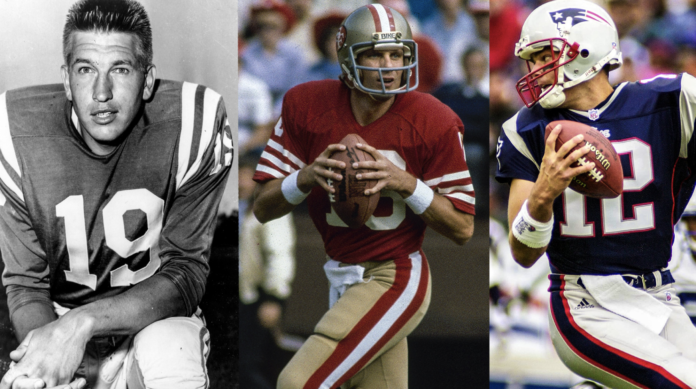There is no doubt that the power, leverage, and input of quarterbacks in personnel decisions have evolved dramatically over time. Decades ago, NFL rules were vastly different. The most significant rule changes affect how defenses, and particularly secondaries, can disrupt the passing game. If a defender contacts a receiver at the snap, disengages, and contacts him again within five yards, it is a penalty. Defenders, namely pass rushers, now have to worry about getting flagged when approaching a quarterback or ball carrier much more than before these rule changes took place. As a result of the rule changes, teams’ success depended on the passing game more and more. The most successful 1970s team, the Pittsburgh Steelers, won with a physical defense (coined the “Steel Curtain”) as the team’s catalyst. In their 1975 and 1976 Super Bowl winning seasons, the defense gave up 11.6 and 9.9 points per game, respectively. Teams were not as dependent on elite quarterback play to win Super Bowls. In fact, running backs would often be the catalyst of offenses instead of the quarterback and the passing game.
The NFL has turned its attention to what adds publicity and ratings to the game. Like any other big business, it has evolved. The rule changes have aimed to protect skill players and offensive firepower. With team success being more tied to the quarterback than ever, quarterbacks are having an epiphany. They realize how central they are to a franchise’s success and are now demanding to have a say in roster construction. With so much expected of the quarterback from a leadership and preparation standpoint, star quarterbacks argue that teams should match their trust in them with roster decisions. Ultimately, it is their legacy on the line more than anyone else’s. Quarterbacks are NFL royalty and have much more leverage nowadays in getting their personal preferences than in previous decades. The position is the catalyst for team success and profitability, giving them plenty of influence with owners who fear over losing their superstar player. When the owner is interested in winning, he or she realizes how important having a happy quarterback is.
A primary example of how quarterbacks’ influence and leverage have changed within the front office is with Tom Brady and his time with the New England Patriots and Tampa Bay Buccaneers. Brady feared being pushed out of New England at Bill Belichick’s convenience. With Brady approaching 40 years old, he sought control of his tenure in New England. Brady went to team owner Robert Kraft, hoping he would play the role of intermediary. The star quarterback and owner have forged a strong relationship, as Kraft has often said that he views Brady like a son. While Belichick was more focused on maximizing his team’s long-term success, Kraft concentrated on making his Hall of Fame quarterback happy. Most owners genuinely value their star players, acknowledging they are the catalyst for the team’s on-field success and profitability. As a result, Kraft forced Belichick to trade Jimmy Garoppolo to ensure Brady would be the team’s quarterback. In the years after that trade, Brady won MVP honors, set the record for passing yards in a Super Bowl, and helped the team win a sixth title in 2018. Although Belichick was the primary decision-maker for years in New England, Brady’s last few seasons with the Patriots showed how much leverage quarterbacks have now. Kraft overruled Belichick and ensured that his star quarterback had playing security with the team, leading to continued team success after the trade of Garoppolo (and the trade of Jacoby Brissett, to a lesser extent).
Brady’s stint with the Buccaneers was another example of a team going out of its way to accommodate its star quarterback. Head coach Bruce Arians and general manager Jason Licht have made it clear that they value the star’s input, an organizational philosophy vastly different from Belichick’s in New England. The team was able to trade for one of Brady’s best weapons in New England, tight end Rob Gronkowski. In addition, the team went out of its way to sign Antonio Brown, even though they were stacked with receiving talent like Mike Evans and Chris Godwin. The team realized that they could add yet another weapon that would give Brady options in the passing game. The signing was viewed as risky, given Brown’s history of off-field incidents that have overshadowed his playing ability. However, Brown proved to be a solid option in the passing game, including hauling in a touchdown in Super Bowl LV. How did it all work out? In Brady’s first season in Tampa Bay, the team made a historic run and won the Super Bowl with a roster full of talent and free of significant holes.
Russell Wilson voiced his displeasure with the Seahawks this offseason. He went public with the teams he would waive his no-trade clause for. The list included the Raiders, Bears, Saints, and Cowboys. The situation was vastly different than how Wilson has usually gone about his tenure with the Seahawks, as he has been seen constantly smiling and expressing his love for his organization at every postgame press conference. His time in Seattle was exemplary of how many of the relationships between star quarterbacks and teams change. Wilson realized that he would not get his request met by the front office unless he ruffled some feathers. By listing teams he would be open to being traded to, he put massive pressure on general manager John Schneider to improve the quarterback’s supporting cast. Seattle, then, traded for veteran offensive lineman Gabe Jackson and signed a more dynamic tight end in Gerald Everett. Nobody believes Wilson is the type of person to humiliate his organization publicly intentionally. However, he felt like his back was against the wall, and he did not feel his supporting cast would be improved without a drastic measure. Wilson’s complaint got the Seahawks’ front office moving, as they feared losing their star quarterback.
The Green Bay Packers have a similar situation going on with Aaron Rodgers and the front office. Mark Murphy serves as team president, which is the closest position to an owner in the organization. Murphy is held accountable by the board of directors, a large body that must go through bureaucratic processes to get things done. In 2019, Murphy tweaked the organization’s structure by making both head coach Matt LaFleur and general manager Brian Gutekunst report to him, giving Murphy all the power. Gutekunst reports directly to Murphy without a looming owner who holds everybody in the organization accountable. As a result, Murphy can put his stamp on the organization’s processes and values without a big enough fear of being held responsible by an owner. The unique team dynamic is how the front office allowed its relationship with Rodgers to deteriorate. Rodgers is not able to go to an owner, so he vented his frustration through the media. Thus, he took it upon himself to point out the faults of the organization’s workplace. Now, we find ourselves in a situation where the front office must court Rodgers to get back on board and play for the 2021 season.
There is no doubt that times have changed, and so has the leverage of the quarterback position. Like any good organization, management must be able to evolve to the times they are currently in. Although the NFL is unique, in that it has such significance in American life, the core tenants of a successful organization remain. Team success will primarily be dependent on the culture fostered by management and the interpersonal relationships of the key members of the organization. In this day and age, there is no member more important than the star quarterback.
